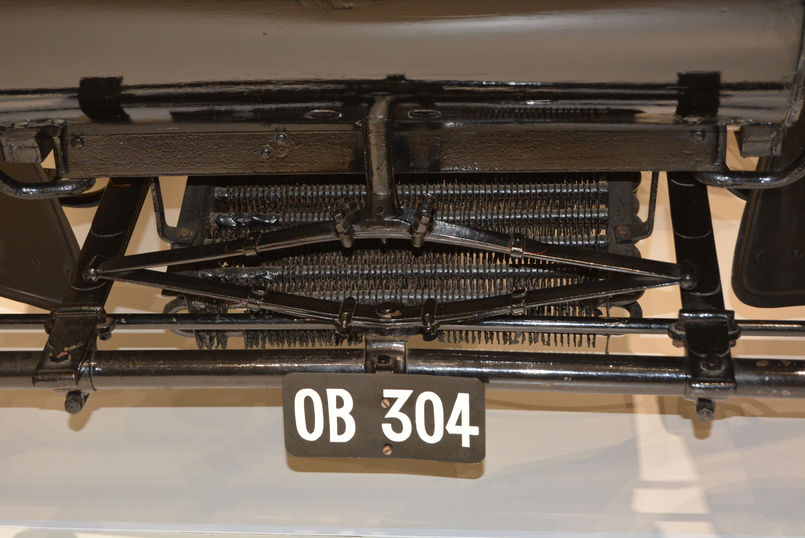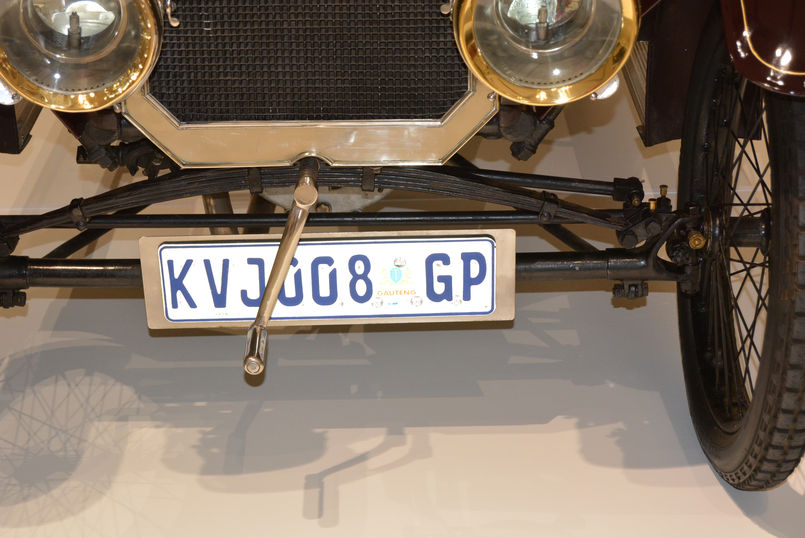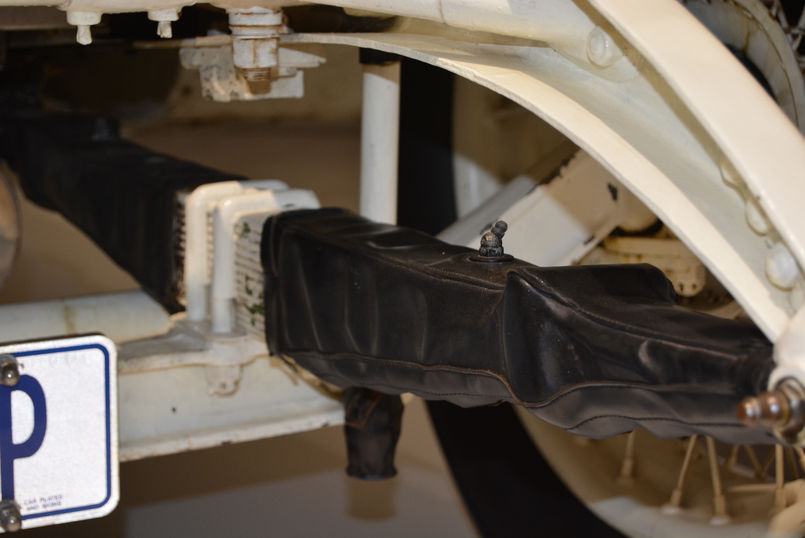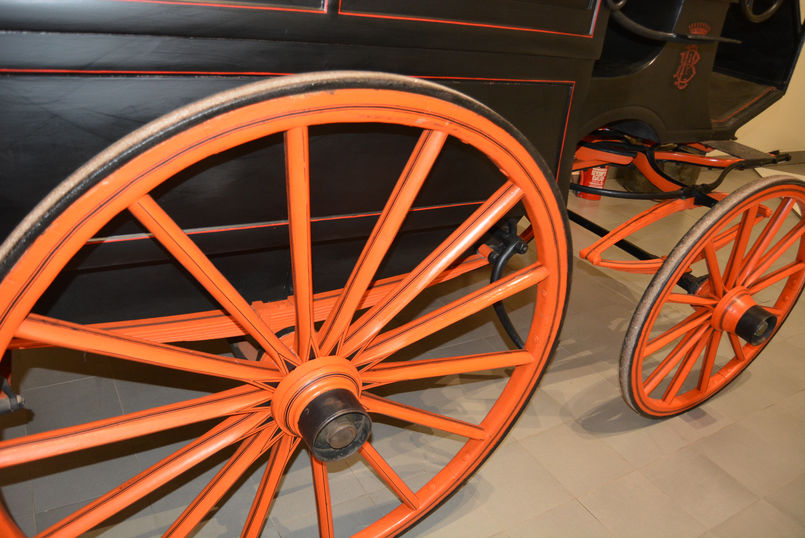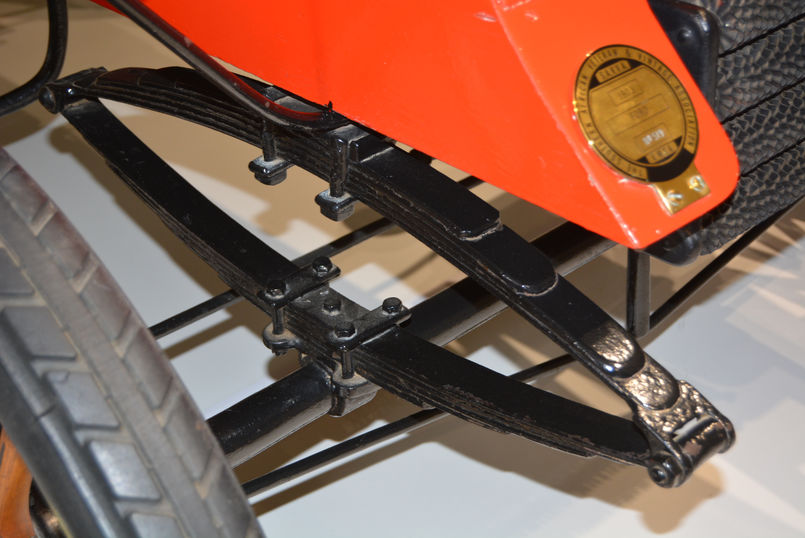
29 Nov Memorabilia: Leaf Springs
This month, FMM Assistant Curator Cheslynne Ruiters gets suspended – on some leaves…
Travelling today is so comfortable in a vehicle, especially with all this new ride and handling technology. But what about the roads? Many areas are riddled with bad roads and potholes that can make even the shortest of journeys unpleasant. But it was the same 100 years ago with no tar roads and bumps and hills everywhere. Good ride quality can make such a difference to a journey for drivers and passengers, so how did suspension spring into life?
Automobiles were initially developed as self-propelled versions of otherwise horse-drawn carriages. These vehicles were designed for relatively slow speed operation and their springing was not well suited for the higher speeds attainable by the internal combustion engine. Springs were not only made of metal, a sturdy tree branch would be used as a spring, such as with a bow and arrow. The Egyptians invented the spring, but it was only in 1804 when English inventor Obadiah Elliot (1763-1838) patented the method of mounting coach bodies on elliptic springs attached directly to the axles. Leaf springs are a simple, strong and effective base form of suspension.
A leaf spring consists of steel plates piled on top of one another and pinned together, often with progressively shorter leaves. The inter-leaf friction between the leaf springs affects the riding comfort. There are a variety of leaf spring configurations; elliptical or full-elliptical leaf springs refer to two circular arcs linked at their tips. These are joined to the carriage frame at the top centre of the upper arc while the bottom centre is joined to the solid axle. Elliptical is when two leaf springs are combined facing away from each other to create an oval shape. Semi-elliptical refers to either an upward or downward facing arc. There are also three-quarter and quarter elliptic configurations.
Sure enough, Elliott’s invention provided some stability and carriage travel became safer with a comfortable ride. Leaf springs are still in use today mostly for commercial vehicle applications. I have driven and ridden in some of the oldest cars in the world and never had such a nice comfortable ride like in a vintage Rolls-Royce that, because of the leaf springs having no protection against the elements, coated the springs with grease and covered them in a leather sheath.
